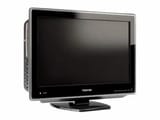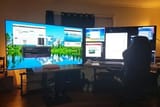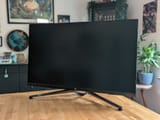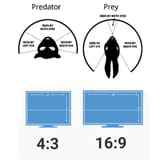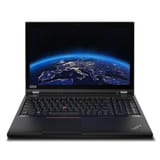>>105663599
It's an aging excel spreadsheet for projectors that's been posted around before.
https://carltonbale.com/home-theater/home-theater-calculator/
It works off of everything you see there really, the THX and SMPTE standards are there as guides for movie viewing but for desktop use, it's something you'd want to see as the closest you want to be or you'll run into things like eye fatigue.
Ideal viewing distance and the PPI/pixel density w/ dot pitch will work similarly to PPD, it just adds the field of view element to calculate it, and does so based off of any aspect ratio or input you specify.
It's most useful for people calculating distances for desktop or viewing TV distances 16:9 but you can scale it to something like viewing distances for reading or watching hand held, similar to the PPD calculator someone posted above. These concepts aren't new, they're the same as you'd use for figuring out projection or reverse projection with an enlarger or LF camera.
Most advice online for viewing distances either revolves around 16:9 standards or based on office ergonomics (which are somewhat conservative) but with this tool the benefit is scalability.
Used in combination with something like a laser measurement tool you can get an idea of the range you view things either hunched over or sat up straight at your desk or leaning back to get an idea of your real viewing distance to a screen, you can then use that to say, find your ideal FOV/AOV over other devices. People often underestimate the range of motion they have and how much FOV impacts how you use a screen comfortably.
That's the laymans use for it, if you're using it to calculate home theatre seating and projector throw distance, it's extremely competent for that too.

